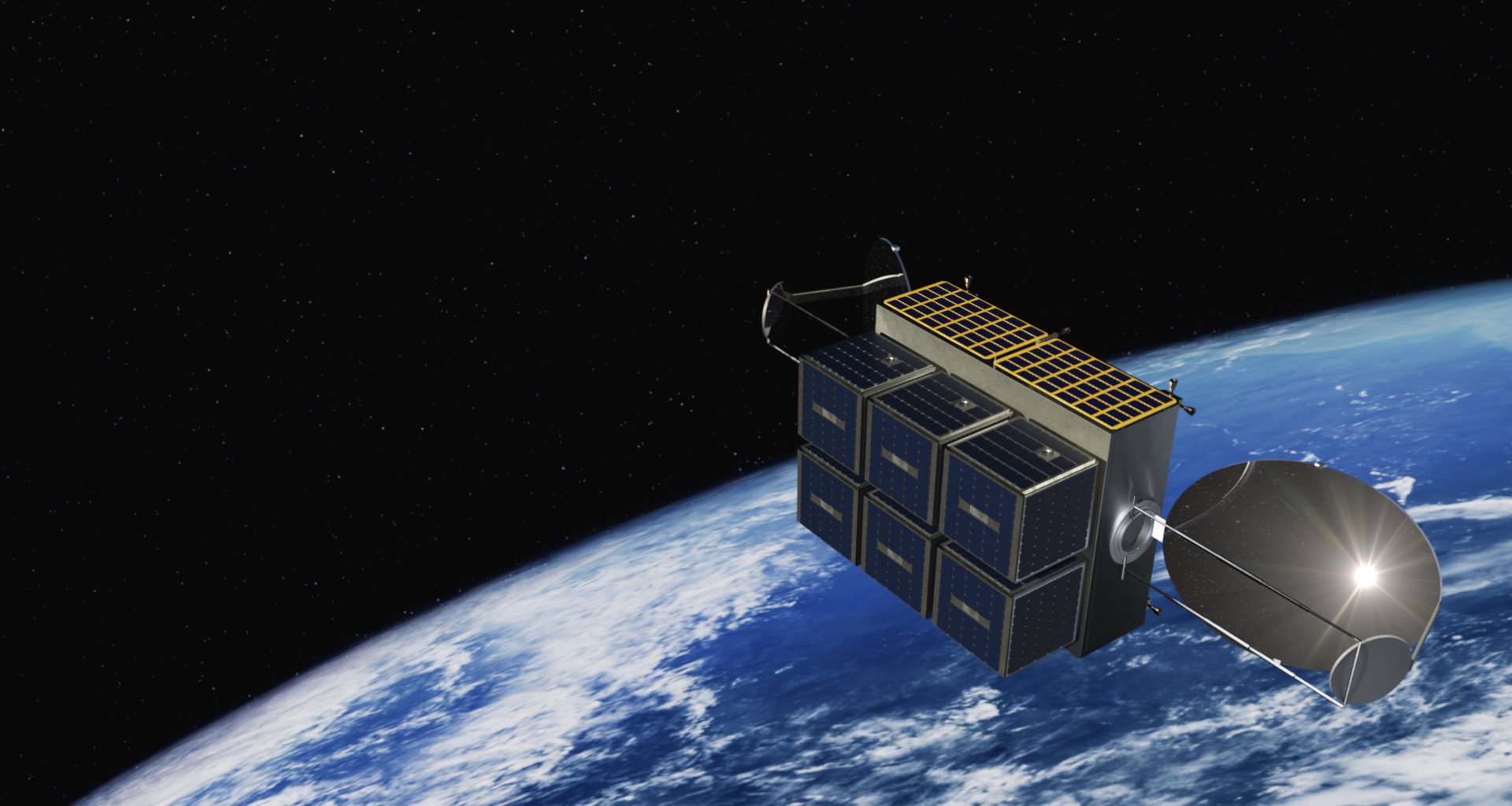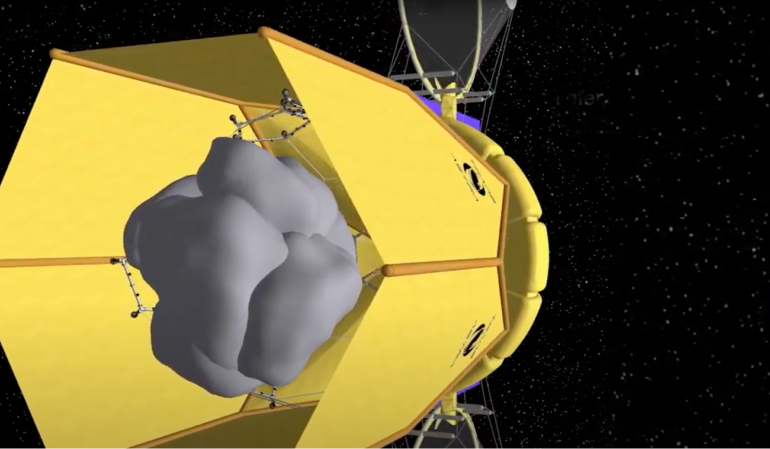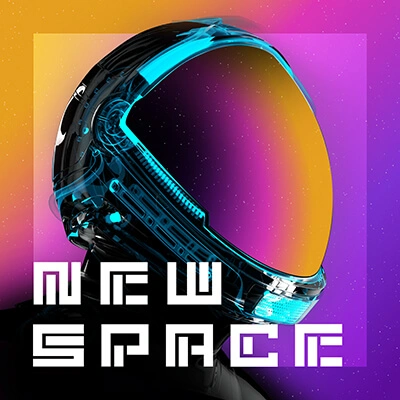When Joel Sercel says that his company is “a space resources and logistics company,” he’s being technically accurate.
Yes, TransAstra, of which Joel is the founder and CEO, is currently focused on solving the problem of how to source fuel in space. But Joel is also being galactically modest here. Because his ultimate vision involves a not-too-distant future in which people are living in Earth-like habitats in space.
“Our mission,” Joel says, “is to build the transportation network in space that will enable massive space industrialization and space settlement.”
“Human beings are fundamentally hunter gatherers. We need a frontier. And we just happen to live at a time when that frontier is waiting. And we have the tech to make it happen. So, I don't understand why people work on anything else.”
Like all insanely disruptive ideas, Joel has found a way to start with an immediate need: improving rocket propulsion. More specifically, finding a more powerful and cost-effective way to transport Low Earth Orbit satellites from launch rockets to their orbital destinations.
Joel’s invention is the Worker Bee, a sort of space taxi that runs on water and sunlight.
The Worker Bee can give an entire satellite constellation a cosmic lift, then stay in space, ready for the next launch rocket to arrive.
And while they wait, they are refueled with water shipped up from Earth. At least for now, because the next logical step, as Joel says, “is to harvest it locally from asteroids.”
In addition to the Worker Bee, TransAstra is developing spacecraft that can mine these asteroids. The Honey Bee can mine a 10-meter asteroid, and the Queen Bee can handle a 40-meter space rock.
Water that’s extracted from the satellite is then delivered to and stored in fuel deposits.
This early phase of space logistics, according to Joel, is “projected to be in excess of $5 billion by the end of 2025. And a total of probably $60 billion of addressable customer work over the next 10 years.”

.png?width=1920&height=1080&name=Honey%20Bee%20Asteroids.001%20(1).png)



